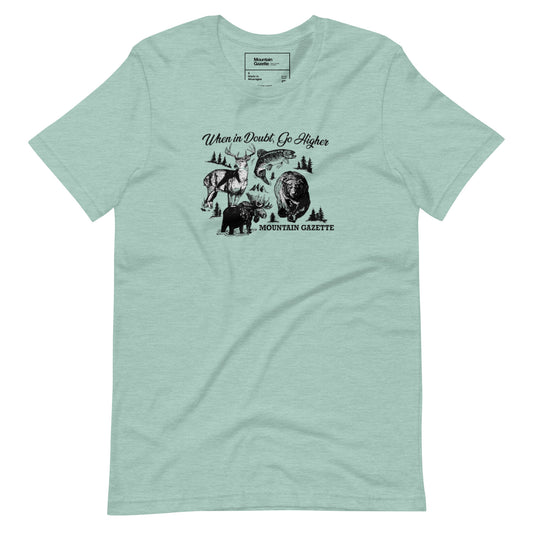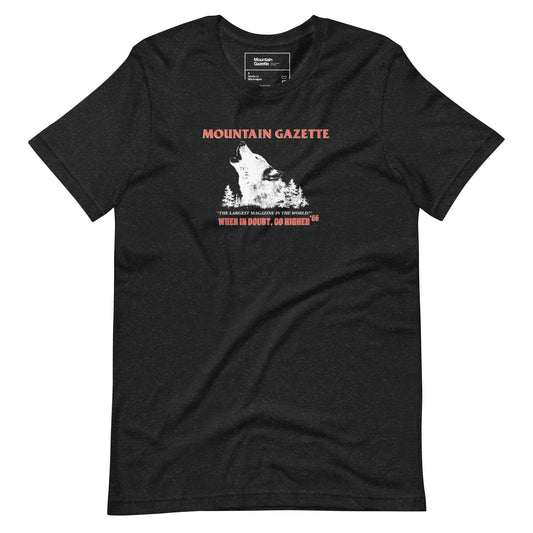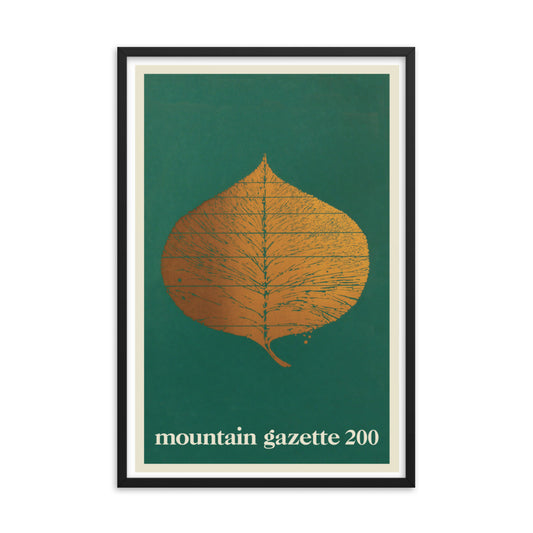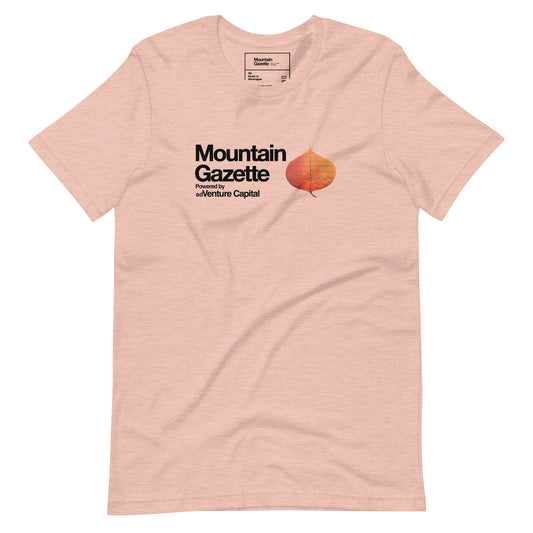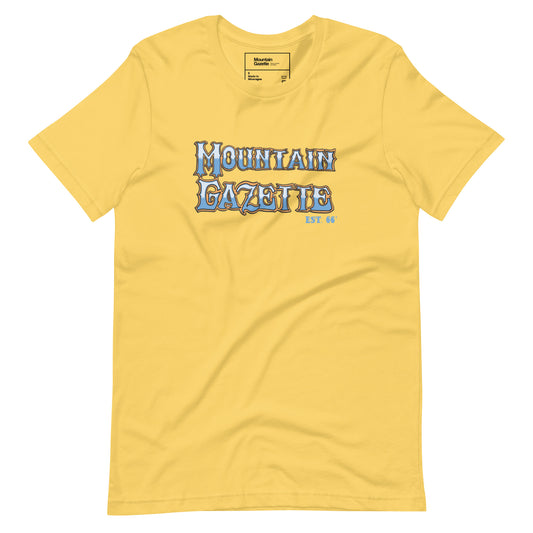
Photo cred: James H. Evans
I keep coming to Big Bend because other people do not seem to go there much. There are spurts of visitors in the spring and the fall and that is about it. In heat, I can own the whole place. This summer night is silent, no insect sound, just the occasional scream of a falling star. The rain has failed for eleven months. Big Bend is drying out. The terrain is a natural barrier and so in this zone, from Presidio down river to about Del Rio, human traffic has long been light.
I once met a guy in a village in Mexico who had a bull get loose and head north. He crossed the river on horseback, trailed the bull over a hundred miles to Fort Stockton, lassoed it and somehow got it back home. What struck me about his story is that he didn’t think it much of a story. He was the kind of person Big Bend — on both sides of the river — seemed to breed.
The river is almost gone. Since the 1930s, the demands on the Rio Grande have exceeded the natural flow. Since about 2000, the river has failed to make it to the sea. With global warming and a drier weather pattern, it is certain to decline yet more. In the middle reaches of the Rio Grande in New Mexico, the annual floods ended in the early seventies when Cochiti Dam broke the back of the river.
Now the cottonwood bosques are becoming senile and in a century will be gone if this management continues because there is almost no replacement by seedlings dependent on the yearly flood cycle of the natural stream. Which brings me to Big Bend, the only national park on the entire eighteen-hundred-mile river.
It was supposed to be half of an international park joining the Sierra del Carmen with the Chihuahuan Desert on the U.S. side, or at least that was FDR’s notion. This never happened. Now there is talk of walling off the river lest some Mexican come north and terrorize us with decent food. Big walls are the new form of American installation art. The federal government is also building new housing for Border Patrol agents within the park to catch a non-existent flow of migrants. This is becoming a problem on the frontier of the empire. Last fall, I had drinks with some Border Patrol people on the Arizona chunk of the line. Their station had 350 people and bagged only 300 migrants a month. They were a little concerned that the public might some day learn what it cost to catch a poor person seeking work.
I come to Big Bend to be alone. For years, people have told me why they do not come here. It is in Texas. It is a dead end with a long drive in and out. It can be very hot. It is a desert. One guy told me it was the commodification of the natural world. Yes, and be sure to tell others.
I avoid the river with the two major campsites and also avoid the Chisos Mountains with their forests and facilities. I prefer to dry camp at various primitive park sites. So far, I have never run into anyone at such locales, but there is no guarantee my luck will hold. Like all fine places, there is nothing to do. And as a bonus, in Big Bend there is not a lot to see by conventional standards. If one is careful, one can find a patch of creosote and dry ground that does not pester one with vistas. At night the stars make a lot of noise but I have gotten used to that.

Photo cred: James H. Evans
I seem to blunder about aimlessly and then get tired and sit down for a spell. I have never had a big idea in Big Bend and of course I am very grateful for this fact. There was a time in my life when I would hole up in Marfa writing books and periodically would become insane because of marauding art galleries, a serious menace in the area. I would drive to Big Bend and sit down very quietly and these seizures would pass. Also, I am here to tell you that one of the best roads in the United States runs from Presidio, Texas, to Big Bend, a two-lane slow path along the river through little canyons. Don’t bother to take photographs in Big Bend. James Evans owns the place and frankly you should simply buy his books and save yourself some time. He not only has what it looks like, he has what it feels like and means. This is a very rare thing.
Big Bend is a place to be. And not much else. To my knowledge, anyone having an epiphany there is summarily executed. I cannot prove this but I am a creature of hope.
Lately, I have realized I have spent my life surrounded by two kinds of professional liars — the normal Chamber of Commerce felons and the pious trolls of academia. They have always said there would be enough water, they have always said you can’t stop people from coming here, they have always said national defense was job number one, and that if we simply had some more meetings, it would all work out. They have always lied. Big Bend, for me, is a haven from this talk. It is pretty much uninhabitable and the Mexican side is equally isolated. I have a friend who ran dope in this area for years — he’d bring it north through Panther Junction. One of my first visits to Big Bend was when he showed me his former haunts and routes, including where in the beginning he’d crawl through the bosque on his belly dragging a burlap bag of grass. He soon advanced to better days and was doing about $750,000 a month when he made a fatal error: he refused to pay a bribe to a U.S. Custom agent because of his prejudice against crooks in law enforcement. This moment of integrity cost him five years in a federal pen.
Three javelina root around in the brush by the river. The sky is overcast and soon comes the first rain in months. The arroyos run here and there from desert showers. The walls of the wash are red and lavender and yellow. The water rolls over the rocks and the ground comes up and slaps my face with scent.
Just across the river is the village where they killed Pablo Acosta.
He’d come back from the United States in 1976 and found disorder. The man in charge of the plaza in Ojinaga just upriver had quit his post and no one knew exactly who to contact for payoffs. Drugs were small time, a sideline in a poor area. Acosta grew with the industry and soon things were big enough that the Mexican federal police set up a headquarters in town to collect their cut. Acosta also shipped money to the Mexican army. By 1983, Acosta was big time and bringing planeloads of cocaine in from Colombia. He once considered executing my friend.
And then he was gone. He was murdered by a Mexican commander with the help of the FBI.
That happens in that business and in this place.
Just to the west is the gouge of Santa Elena Canyon, the river now a latte color from the waters rushing in from the flooded arroyos. The thunder is near now, and lightning slices the sky. Steam rises from the road as fresh raindrops fall.
A couple pulls over by the suddenly rising waters, she carefully wades out a short bit and he takes photographs and this is right across the river from the machine-gunned building where they took down Pablo and my God life is good at this moment and I suck down the breeze and believe, well, if only I knew what I believed.
The Chisos Mountains loom like gods in the mist and across the river the Sierra Carmen walls off Mexico. Los Diablos stand around and chat. They are a firefighting group formed in Boquillas del Carmen, the Mexican village just across the river. The Diablos fight fires in Big Bend and elsewhere — last spring, they were up to save Los Alamos, NM, America’s city of scientific death. On the rocks are small wire creations of scorpions, roadrunners and ocotillo cactus. They go for five or six bucks a piece and a hand-printed sign says the money helps schools in Boquillas. Traditionally, visitors to the park went across the shallow river for breakfast and to buy little bits of Mexico. 9/11 ended that for Boquillas and Santa Elena a ways upstream and both villages fell apart. The small wire figures are contraband and the government warns against such commerce. The Federal authorities also ask visitors not to give water to any illegals they may encounter in the desert but to promptly call 911.
The sign says that God will bless for any donation.
The creosote is brown. Dead prickly pear heaps dot the floor of the Chihuahuan Desert. The diggings of the javelina show desperation. I woke up at gray light on the ground and listened and there was nothing, not the dawn song of the coyote, not a single note of birdsong. Nothing.
A ranger says in time this place will be like the Sahara. He goes off on how the U.S. has the habits of a cancer cell and is killing the earth in general and Big Bend in particular.
The fresh air is suddenly rich in scent after the first slight shower in eleven months.
Down by the river, the government has posted a warning: “Beware of Javelina! Protect Your Property. Javelina in search of food may rip up your tents.”
At the mouth of Dog Canyon, a javelina bolts. The early camel corps came through in 1859 as they tested the Middle Eastern beast for the War Department, an early foray in national security. The experiment was cut short, when the Secretary of War, Jefferson Davis, decided to quit his job, and lead a movement to destroy the Union. Before things settled down, 600,000 Americans were dead.
Back at the Boquillas crossing, Los Diablos laugh. Their caps sport the flags of the U.S. and Mexico, plus a big red devil.
There’s talk of reopening the crossing in the spring of 2012. But I am not sure my fellow citizens can bear such a risk to their safety.
There was a moment in my childhood when I realized my family and my school and my friends and my neighborhood all meant death. I took to sleeping on the roof until my parents outlawed this behavior.
But when I roll out my bag in Big Bend and look up I remember this and know, at least for a little moment, why I am here.
The sky has always meant freedom to me.
Big Bend still has sky.
Charles Bowden is the author of many books, including “Down by the River: Drugs, Money, Murder, and Family,” “Some of the Dead Are Still Breathing: Living in the Future” and, most recently, “Murder City: Ciudad Juarez and the Global Economy’s New Killing Fields.” Bowden’s last story for MG was “The New Colossus,” which appeared in #184. He lives in the Chihuahuan Desert.



